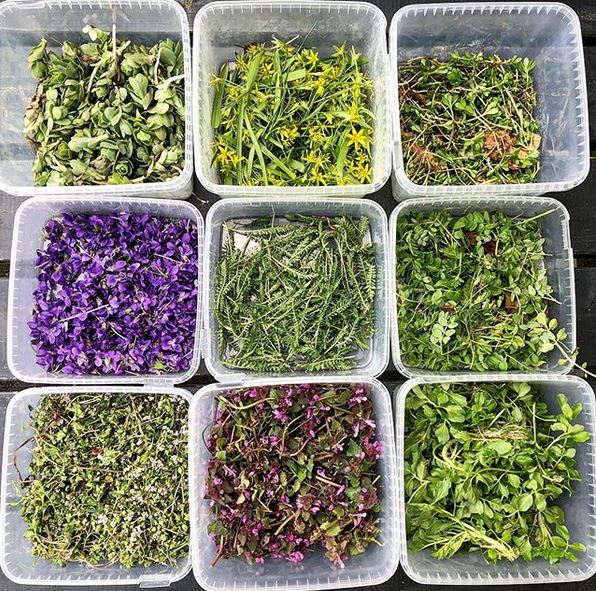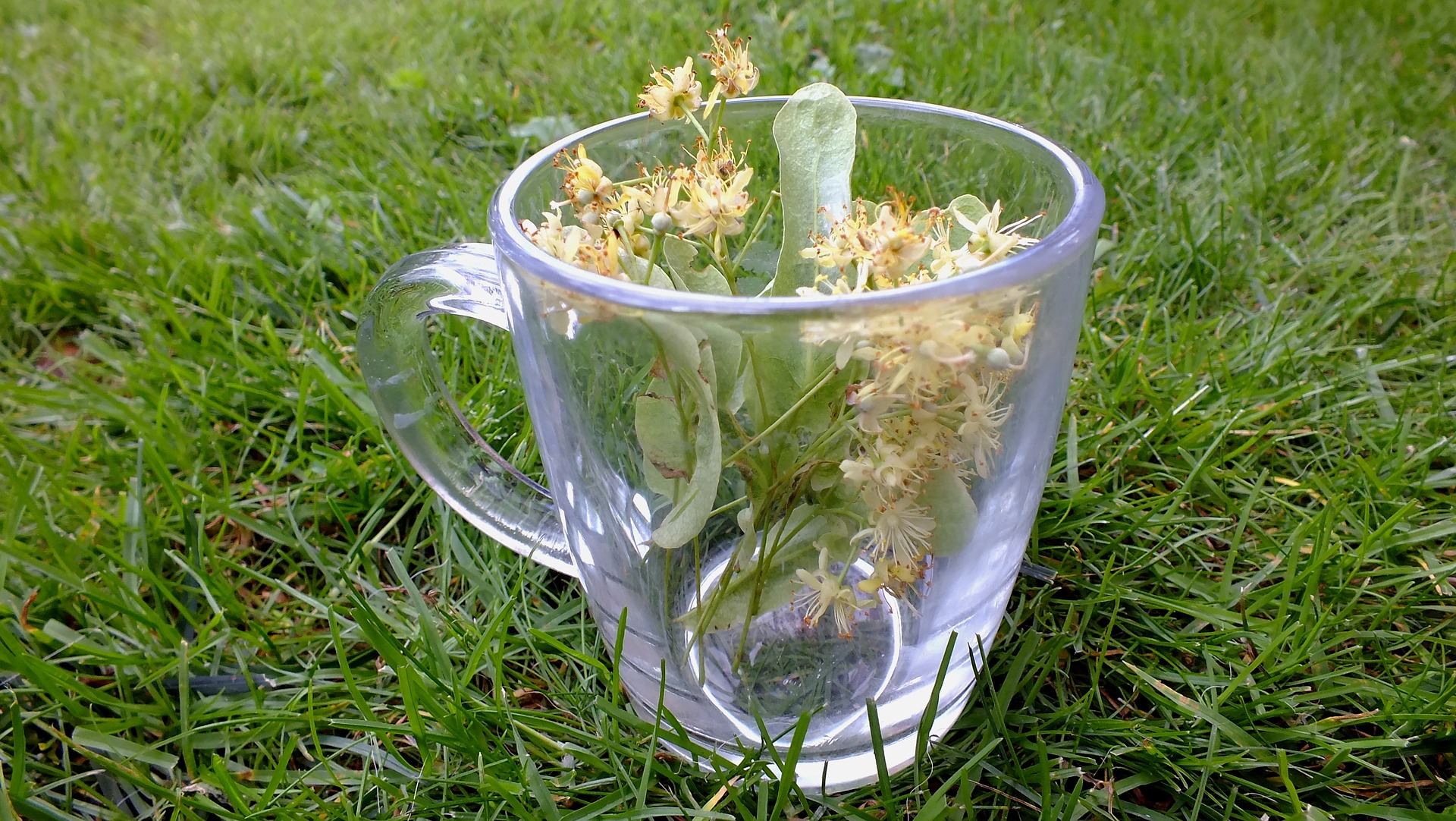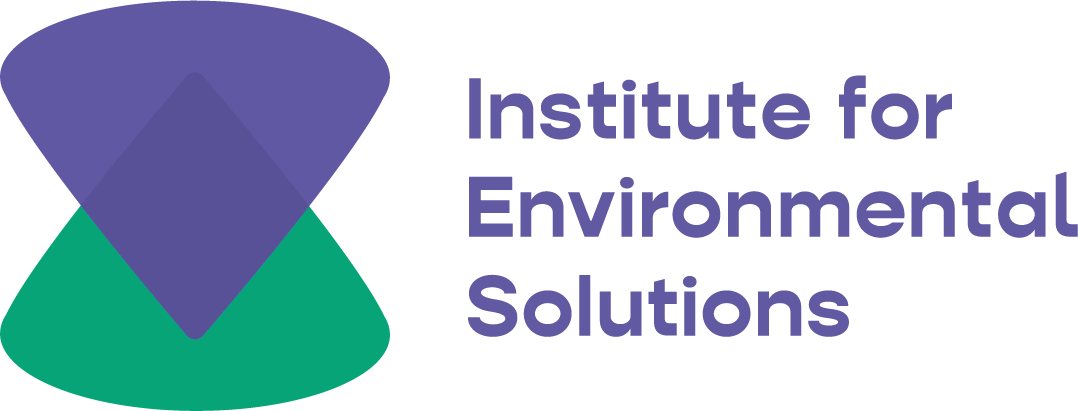71% of Latvians use medicinal plants in their daily life
A research of project GrassLIFE about the usage patterns of medicinal plants in Latvia shows that 71% of people use medicinal plants in their daily lives. One third of the users gather the plants themselves, but the most popular plants are mint, linden flowers and chamomilla. The research was carried out by project partner Institute of Environmental Solutions.
Before the opening of Northern museum of medicinal plants in Cēsis that is also a part of project GrassLIFE, the Institute of Environmental Solutions offers an insight into the usage patterns of medicinal plants in Latvia.
Rūta Abaja, researcher of Institute of Environmental Solutions: “Gathering of wild plants is one of those traditional practices of Latvians that has continued throughout the years and, as our research shows, is still going strong also in our consumer society. Gathering of plants strengthens bonding with nature and also is beneficial for preservation of natural meadows as it gives them added value.”
Use of medicinal plants in Latvia
People in Riga more hesitant to use plants than people leaving in countryside and villages
The usage habits of medicinal plants are significantly impacted by several factors: region of residence, the level of urbanisation, gender, language. Plants for medicinal purposes are used by 86% of women and only a half of men. Riga dwellers are more hesitant to use plants then people living in regions. Medicinal plants are used in everyday life by 59% of Riga dwellers and more than 71% of inhabitants of other regions. Also medicinal plants are more enjoyed by people living in villages and countryside. 81% of these inhabitants use medicinal plants for health, amongst city dwellers - 72%. Amongst the respondents that speak Latvian in family, 78% use medicinal plants whereas amongst Russian speakers only 50%.
Profession and education is not a significant factor, but childhood environment plays a role
What people do and how educated they are does not have a significant impact on use of medicinal plants. The environment of life and early life much more determines whether people will or will not use medicinal plants. Life in less urbanized territories enables use of medicinal plants. The highest proportion of users of medicinal plants (88%) is amongst those who have spent their childhood in farmsteads and also now live in farmsteads.

Which are the most popular plants?
When asked to indicate their herbs for tea, the respondents most often mention mint (23%), chamomille (10%) and linden flowers (7%). Other species have been mentioned much less. The reasons why people use the plants are different. For almost a half of Latvians (44%) medicinal plants are a source of daily wellbeing. Also about a half of respondents reach for medicinal plants when sick, but a third uses the herbs for prevention of sickness. A lesser part (15%) of respondents cannot imagine a sauna ritual without plants, but 6% of people use medicinal plants in all the above mentioned occasions.

Gathering plants in wild
36% of all respondents and half of those who use medicinal plants in everyday life, gather the herbs in wilderness. The factors that determine whether people will go out in nature to gather are: region of residence, level of urbanization, gender, age and occupation.
Only one third of Riga dwellers gather the plants in nature in comparison to 51-65% of people living in other regions. Also the language used in household is important: 54% of Latvian speakers go out to gather and 37% of Russian speakers. The species that are most often gather in nature are linden flowers (20%), mint (13%), yarrow (12%), cowslips (10%), dropwort (9%). In total respondents mentioned 80 species that they gather in nature.
Easier to buy
Two thirds of users buy medicinal plants - a half of them go to pharmacies to get herbs, 24% grab them in food stores, 16% look for plants in farmers markets and 16% purchase them directly from producers. In total respondents mentioned 76 species that they have purchased. The most popular are chamomile (16%), mint (8%) and linden flowers (6%).

Knowledge transfer - in family
The main source of knowledge about use of medicinal plants is family - it is mentioned by 71% of herb users. Amongst other knowledge sources books (36%), internet (44%) and other mass media (16%) are mentioned. Each tenth respondent indicated that they did not have any specific knowledge about plants.
About the survey:
- 1031 respondent - 593 women, 438 men.
- A representative sample of Latvian population according to regions and language used in household.
- The survey was carried out by research company Latvian Facts on summer of 2020.
Interested in medicinal plants? Visit Northern museum of medicinal plants!
In 18th of June in Cesis the Northern museum of medicinal plants will open its doors for the first time. The exposition will offer an insight in the traditions of plant use in past, today and future potential.
Full report “The ecosystem services provided by Latvian natural grassland medicinal and aromatic plants” is available here.






